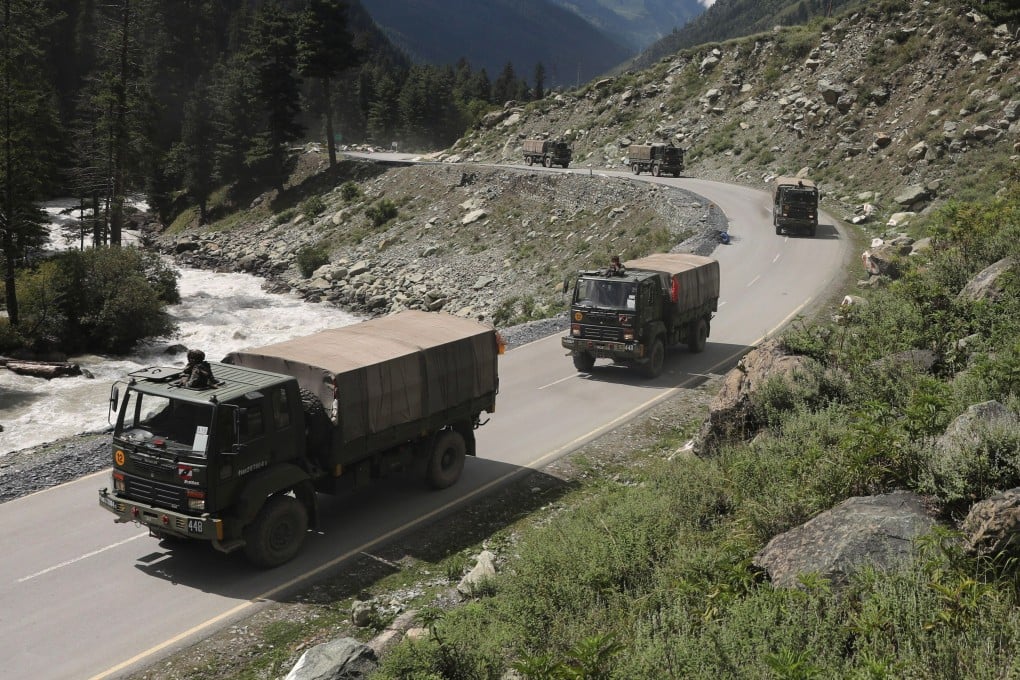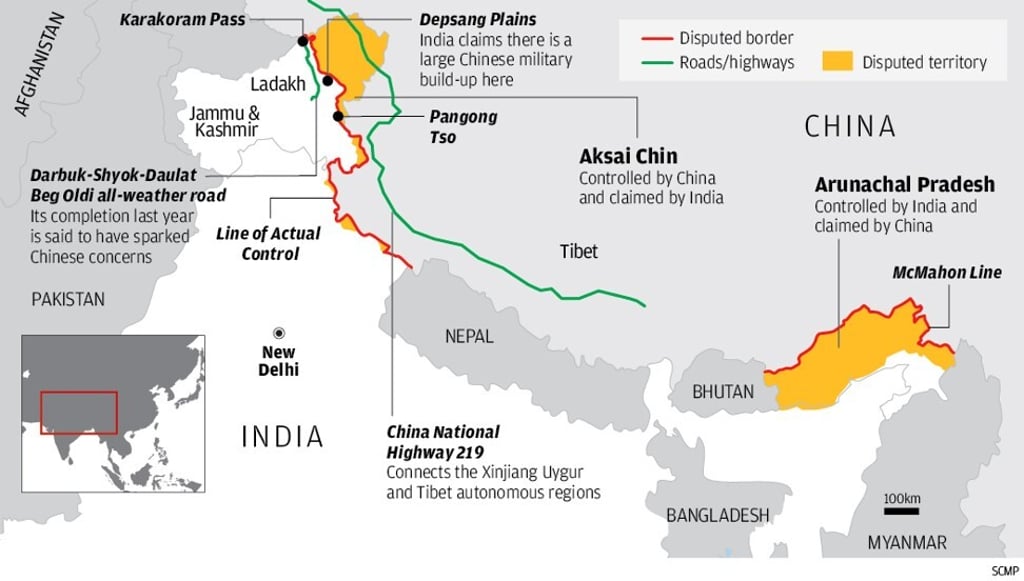Advertisement
Explainer | India-China border: is peace really on the horizon?
- Beijing and New Delhi have agreed to ease tensions, but political relations remain sour and troops are still eyeball-to-eyeball at the border
- Are the nuclear-armed neighbours really on the road to resolution?
Reading Time:8 minutes
Why you can trust SCMP
0

For more than 18 weeks now, thousands of Indian and Chinese forces have been locked in an unprecedented stand-off along their 3,488km (2,167 mile) undemarcated boundary known as the Line of Actual Control (LAC), which ranges from the Karakoram mountain range in the north to the trijunction with Myanmar in the east.
The stand-off, sparked by skirmishes between troops in early May at the glacial lake named Pangong Tso in the western Himalayan region of Ladakh and in the northeastern Indian region of Sikkim, escalated this week when the two sides accused each other of firing warning shots, breaking a four decade-old practice of not using firearms. Earlier this week, Indian government sources were quoted in media reports saying there were more than 50,000 Chinese troops along the LAC. On Friday, media reports quoted Indian army sources saying that thousands of troops were now “within firing range” of each other and were separated by a few metres at Pangong Tso, even as Chinese Foreign minister Wang Yi and his Indian counterpart S. Jaishankar agreed on Thursday to de-escalate tensions.
But with political relations still sour and troops still eyeball-to-eyeball at the border, are the two sides really on the road to a resolution?
WHAT LED TO THIS YEAR’S CONFRONTATION?
Chinese President Xi Jinping and Indian Prime Minister Narendra Modi had previously agreed that 2020 would be the year of India-China cultural relations and people-to-people ties.
But their seven decade-old boundary dispute – which resulted in a short-lived but full-blown war in 1962 – flared in early May, when soldiers clashed at Pangong Tso in Ladakh and Naku La in India’s northeastern state of Sikkim.
Troop “face-offs”, where soldiers come face-to-face during patrolling, leading to skirmishes, are common. They are sparked by the lack of demarcation of the border, leading to both armies patrolling the areas according to their own perceptions of the LAC.
Advertisement
Select Voice
Choose your listening speed
Get through articles 2-3x faster
1.1x
220 WPM
Slow
Normal
Fast
1.1x
